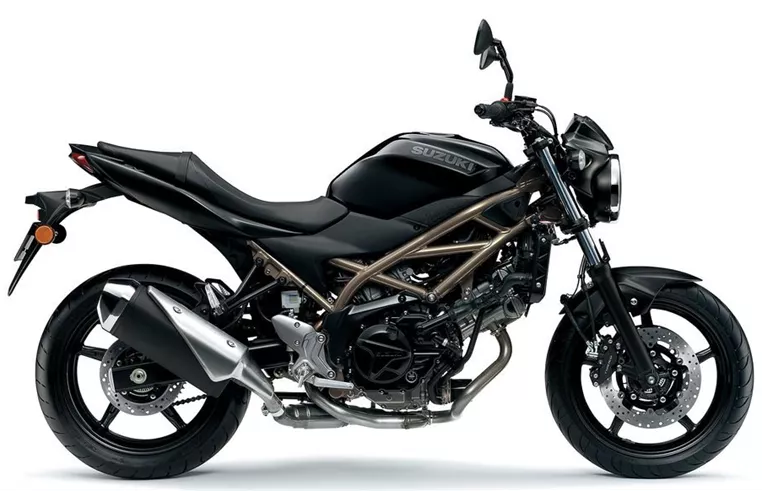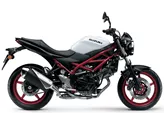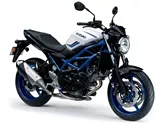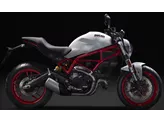Suzuki SV 650 2021 vs. Kawasaki Z650 2017
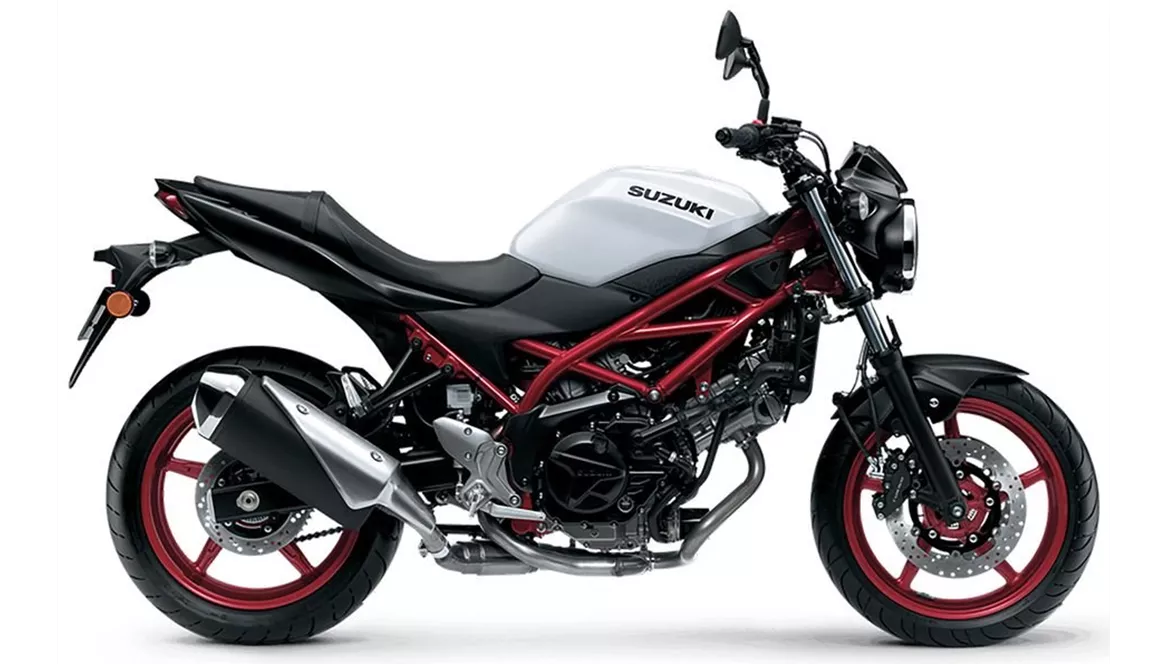
Suzuki SV 650 2021

Kawasaki Z650 2017
Vue d’ensemble - Suzuki SV 650 2021 vs Kawasaki Z650 2017
The Suzuki SV 650 2021 and the Kawasaki Z650 2017 are both naked bikes with similar technical specifications. Both bikes have a 2-cylinder engine with liquid cooling and fuel injection systems. The Suzuki SV 650 has a V-type engine with a displacement of 645cc, producing 73 HP of power and 64 Nm of torque. On the other hand, the Kawasaki Z650 has an in-line engine with a displacement of 649cc, producing 68.2 HP of power and 65.7 Nm of torque.
In terms of suspension, both bikes feature telescopic forks at the front and swing arm suspension with a monoshock at the rear. The suspension on both bikes can be adjusted for preload. The chassis on both bikes is made of steel and has a tubular frame design.
When it comes to braking, both bikes have double disk brakes at the front with ABS. The Suzuki SV 650 has a front disk diameter of 290 mm with four pistons, while the Kawasaki Z650 has a front disk diameter of 300 mm with double pistons.
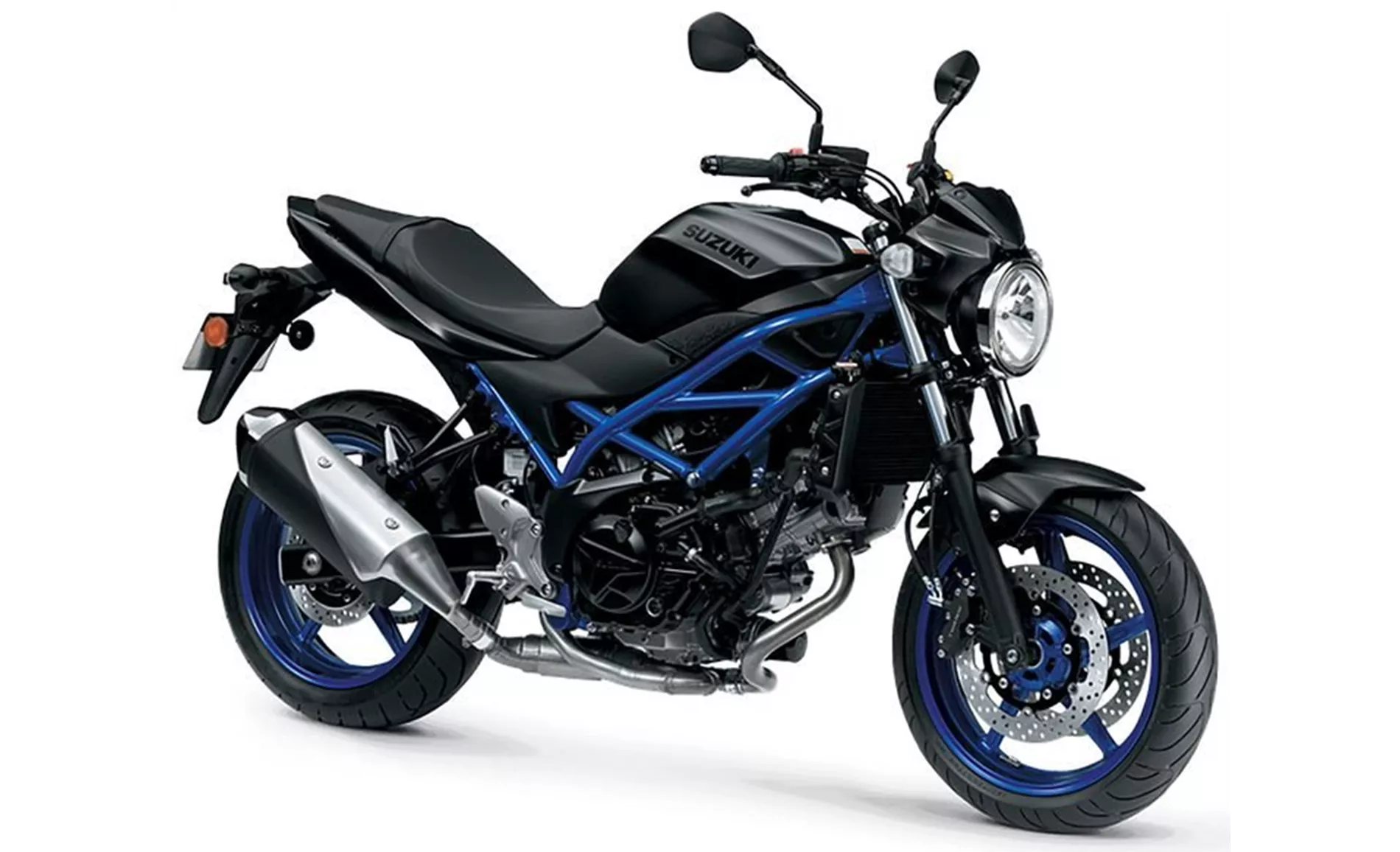
Suzuki SV 650 2021
In terms of dimensions and weights, there are some slight differences between the two bikes. The Suzuki SV 650 has a wheelbase of 1445 mm and a seat height of 785 mm, while the Kawasaki Z650 has a slightly shorter wheelbase of 1410 mm and a slightly higher seat height of 790 mm. The kerb weight of the Suzuki SV 650 with ABS is 200 kg, while the Kawasaki Z650 weighs 187.1 kg with ABS. The fuel tank capacity of the Suzuki SV 650 is 14.5 liters, while the Kawasaki Z650 has a slightly larger fuel tank capacity of 15 liters.
In terms of strengths, the Suzuki SV 650 2021 has a confident V2 powerplant with character, a stable chassis, a comfortable seating position, and easy handling. It also has a timeless look that appeals to many riders. On the other hand, the Kawasaki Z650 2017 has an even power delivery, a sporty chassis, compact dimensions, and a unique negative display.

Kawasaki Z650 2017
However, the Suzuki SV 650 2021 does have some weaknesses. The brake requires manual force, meaning it may not have the same level of braking assistance as some other bikes. Additionally, the Suzuki SV 650 does not have many electronics on board apart from ABS, and the instruments may be moderately readable.
The Kawasaki Z650 2017 has a minor weakness in that it may be a little too small for tall people, potentially causing discomfort during longer rides.
Overall, both the Suzuki SV 650 2021 and the Kawasaki Z650 2017 are solid naked bikes with similar technical specifications. The choice between the two may come down to personal preference in terms of power delivery, chassis design, and overall fit and comfort.
Caractéristiques techniques Suzuki SV 650 2021 par rapport à Kawasaki Z650 2017
Avantages et inconvénients en comparaison
Avantages et inconvénients en comparaison
Suzuki SV 650 2021
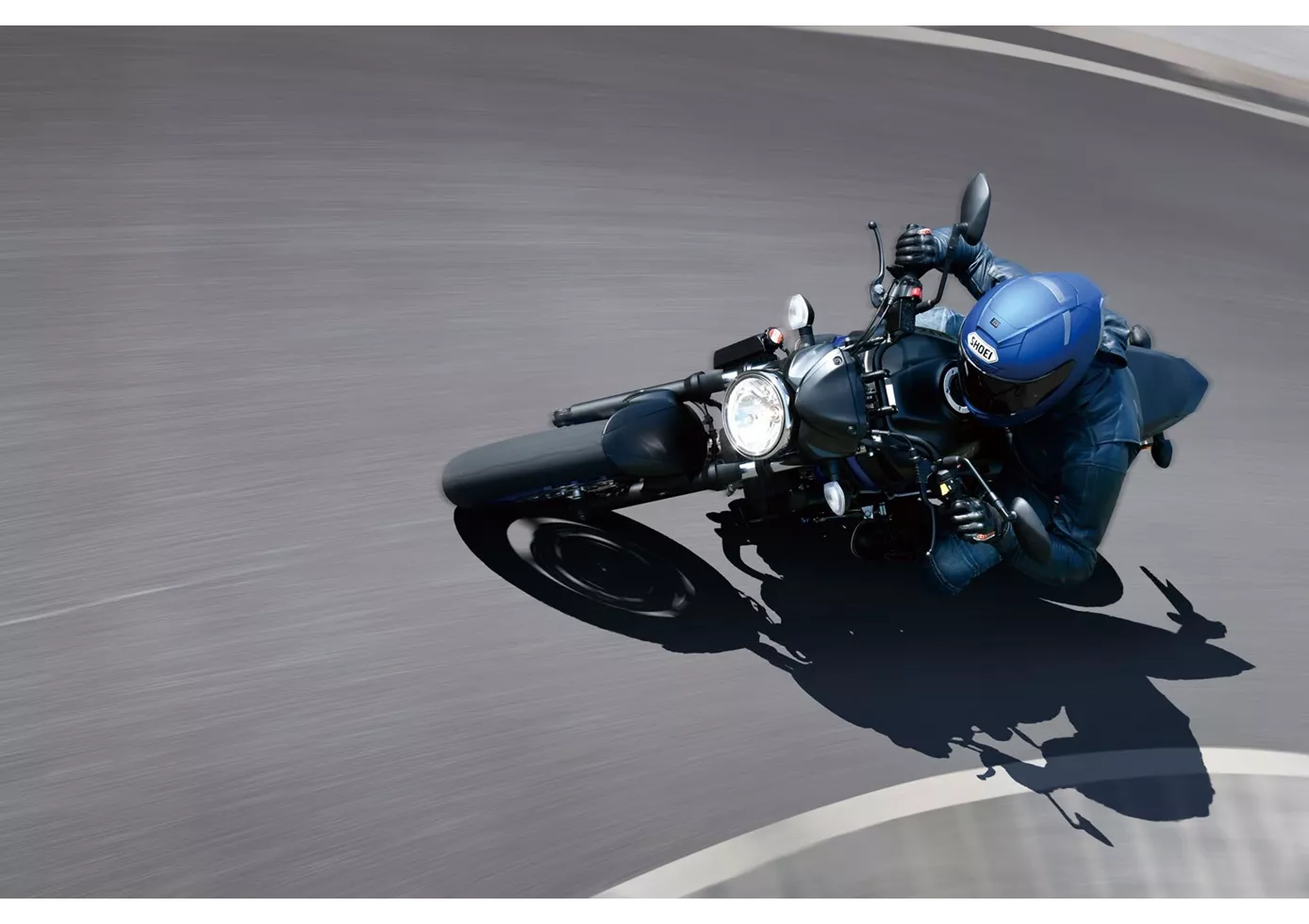
La Suzuki SV 650 n'a pas beaucoup évolué depuis cinq ans par rapport à son prédécesseur. Le moteur a été mis à jour selon la norme Euro5 et se présente désormais de manière encore plus adulte, ce qui lui permet de s'intégrer parfaitement au reste du package. La SV 650 ne veut effrayer personne, surtout pas les débutants. Le châssis donne une impression de solidité et de sérénité, le frein demande une bonne force manuelle pour éviter un surfreinage inattendu. L'optique est d'une part intemporelle, mais d'autre part vraiment un peu dépassée sur certains composants. En revanche, le prix est correct, comme d'habitude chez Suzuki.
Kawasaki Z650 2017

Dans la catégorie moyenne, la Kawasaki Z 650 est le tuyau pour les pilotes de petite taille. Sur ses dimensions compactes, les géants ne se sentiront probablement pas plus à l'aise. Des sentiments qui réchauffent le cœur se dégagent toutefois du moteur, qui enthousiasme par ses reprises très régulières. Du côté du châssis, on a opté pour une configuration ferme typique de Kawasaki, qui trouve un super compromis au quotidien. L'écran négatif est très lisible et rappelle celui de la précédente ER-6n - très joli !
Comparaison des prix Prix moyen du marché Suzuki SV 650 vs Kawasaki Z650
There are a few key differences between a Suzuki SV 650 2021 and a Kawasaki Z650 2017. In terms of price, the actual average price of a Kawasaki Z650 2017 is about 4% higher. A Suzuki SV 650 2021 experiences a loss of 130 USD in one year and 520 USD in two years of ownership. This is offset by a loss of 340 USD and 520 USD for a Kawasaki Z650 2017. Compared to Kawasaki Z650 2017 there are more Suzuki SV 650 2021 bikes available on the 1000PS.de Marketplace, specifically 13 compared to 11. It takes less time to sell a Kawasaki Z650 with 76 days compared to 111 days for the Suzuki SV 650. Since model year 2005 1000PS.de editors have written 25 reviews for the Suzuki SV 650 and 31 reviews for the Kawasaki Z650 since model year 2017. The first review for the Suzuki SV 650 was published on 9/26/2008 and now has more than 14,200 views. This compares to more than 25,000 views for the first review on Kawasaki Z650 published on 11/8/2016.
